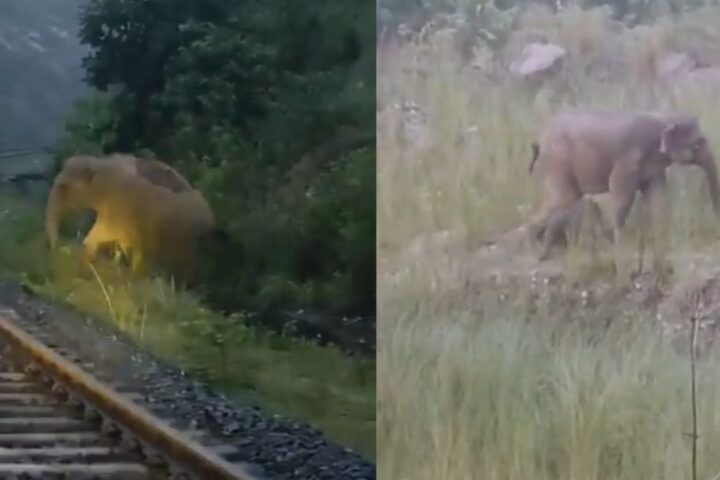Beneath the tranquil waves of the Indian Ocean lies a peculiarity that has puzzled scientists for decades: a vast circular depression where Earth’s gravitational pull is notably weaker. Known as the Indian Ocean Geoid Low (IOGL), this “gravity hole” is effectively Earth’s most significant gravitational anomaly, spanning roughly 3 million square kilometers.
New light, however, has been cast on this enigma by a team of researchers from the Indian Institute of Science in Bengaluru. Leveraging the immense computational power of supercomputers, they ran a series of simulations, rewinding Earth’s geological clock by 140 million years. The results, recently detailed in the journal Geophysical Research Letters, were both illuminating and controversial.
The Ancient Ocean’s Legacy
The leading hypothesis suggests that magma plumes, akin to those that birth volcanoes, are responsible for this gravity depression. Originating from the demise of an ancient ocean, these plumes introduced low-density material closer to the Earth’s surface, thereby influencing the region’s gravitational character. This vast expanse, known as the geoid, isn’t a perfect sphere. It’s a complex, undulating shape that resembles, as described by researcher Attreyee Ghosh, a “lumpy potato.” Variations in Earth’s internal density sculpt this intricate topography, causing water levels and gravitational strengths to fluctuate.
“Imagine sailing across this ‘gravity hole.’ It’s a subtle difference spread across vast distances. You won’t even realize you’ve passed through an area where a bottle of water weighs slightly less,” comments Ghosh. The simulations, intricate reconstructions of tectonic shifts and molten rock behaviors, were not without contention. While six out of 19 scenarios exhibited an IOGL-like formation, some experts pointed out inconsistencies.
A Model Under Scrutiny
Dr. Alessandro Forte, an external geologist from the University of Florida, highlighted discrepancies. A notable concern was the absence of a dynamic mantle plume linked to the colossal Deccan Traps volcanic structures. Such a pivotal event, 65 million years in the past, is conspicuously absent in the presented model. Furthermore, disparities between the model’s predicted geoid and the actual observed geoid raise questions about the simulation’s accuracy, especially in regions like the Pacific Ocean and Africa.
Ghosh candidly acknowledges these limitations. “Our models might not encompass every historical variable. The deeper we delve into Earth’s past, the murkier our vision becomes. However, the overarching narrative remains consistent,” she defends.
Similar Post
Implications and Speculations
Understanding the IOGL’s origins isn’t just an academic pursuit; it has practical implications. Mapping Earth’s gravitational contours aids satellite navigation systems and underpins geological explorations. Moreover, it provides insights into Earth’s tumultuous past and potentially its future. Ghosh estimates the IOGL to be about 20 million years old, but its future remains uncertain, possibly enduring for hundreds of millions of years or dissipating due to tectonic activities.
As we broaden our understanding of such phenomena, there’s also a deeper appreciation for Earth’s dynamic nature. We’re reminded of the vast temporal scales over which our planet evolves, with continents drifting, oceans forming and vanishing, and mysteries like the IOGL coming into being.
The IOGL research reinforces the crucial role of supercomputers in deciphering Earth’s secrets, bringing together vast data and intricate simulations. However, as technology advances, so does our understanding of the complexities, driving an ongoing dialogue between discovery and skepticism. In the grand tapestry of Earth’s history, the Indian Ocean Geoid Low serves as a fascinating stitch, a tale of ancient oceans, drifting continents, and deep-seated magma plumes. It’s a poignant reminder of our planet’s ever-evolving narrative, challenging us to look deeper and question further.
[Note: This piece is an interpretative summary of research findings and expert opinions. For detailed scientific insights, please refer to the original study published in Geophysical Research Letters.]


















